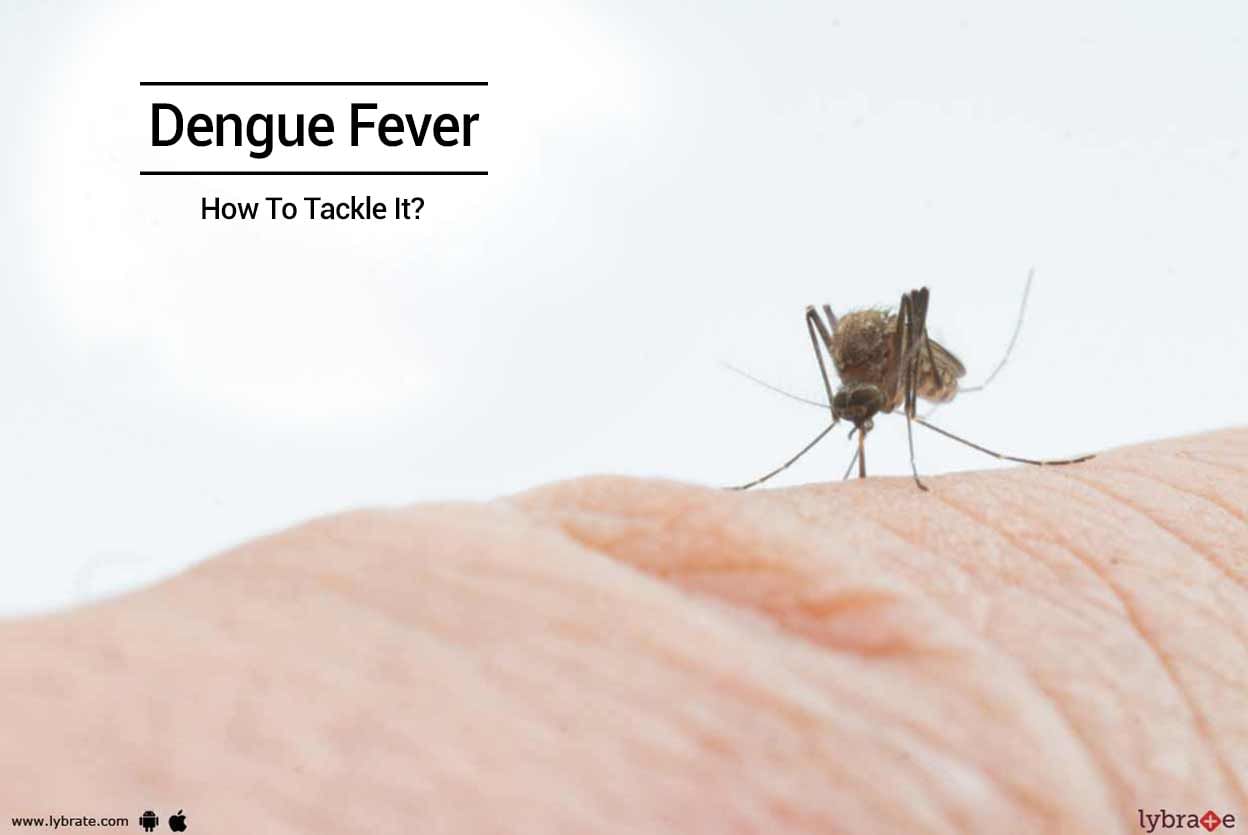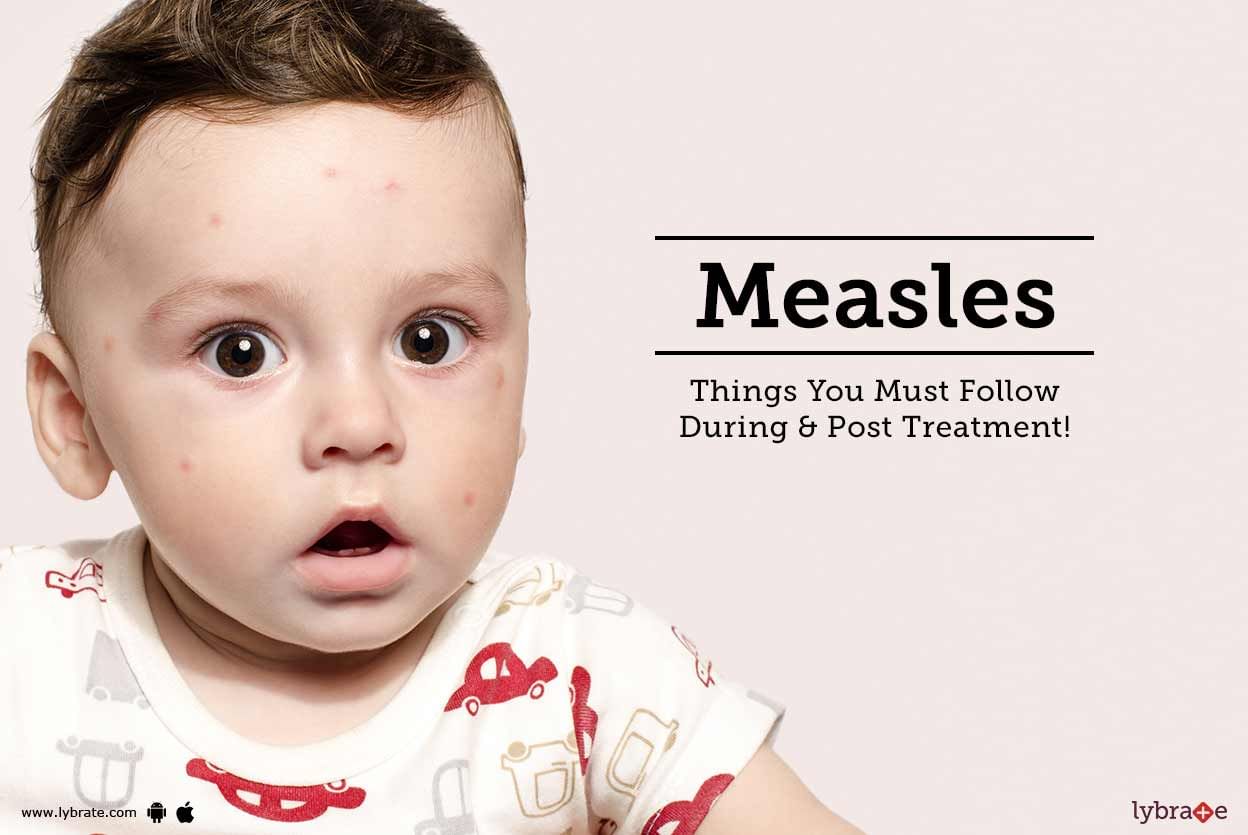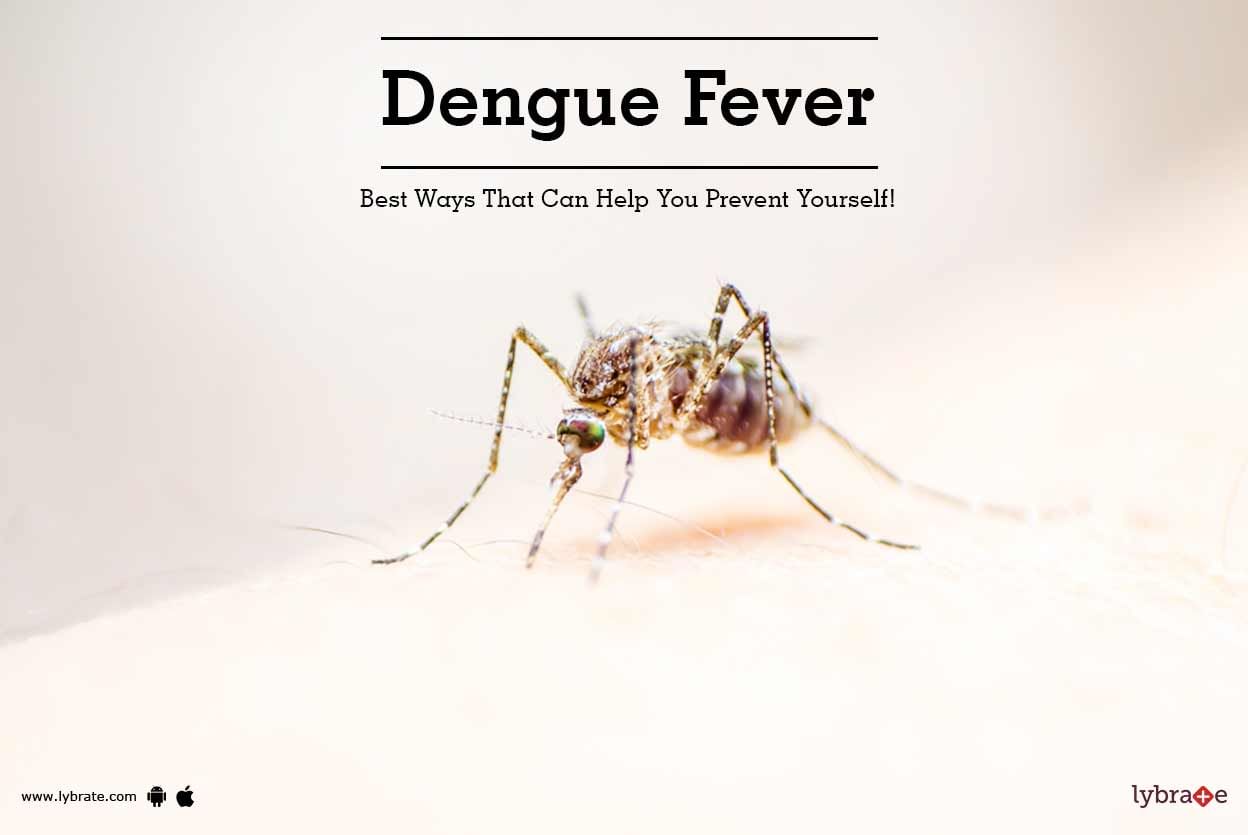Get the App
For Doctors
Login/Sign-up
About
Health Feed
Find Doctors
Health Packages
AllQ&AsTipsQuizzes
Hay Fever Tips
Last Updated: 6 years ago• Featured Tip
Share
Bookmark
Report
Dengue is a viral infection caused by the bite of an infected female Aedes mosquito. About 400 million dengue infection cases occur worldwide every year with about 96 million of them turning severe. Dengue is most widespread in tropical regions such as India, South-East Asia, Central and South America, South China, Taiwan and Africa among others. There are 4 distinct types of dengue virus and the symptoms can appear within 3-14 days of the bite.
Causes
It is primarily caused du...more
Causes
It is primarily caused du...more
Last Updated: 6 years ago• Featured Tip
Share
Bookmark
Report
The mosquito may seem a very small creature but can be deadly as they spread quite a few severe infections, with chikungunya being one of them. The disease got its name from an African language, which means to walk bent over.
Chikungunya is a viral disease that is carried by specific varieties of infected mosquitoes (Aedes aegypti and Aedes albopictus). It was originally confused for dengue, which is another mosquito-transmitted infection, but then called out as a separate disease. Both...more
Chikungunya is a viral disease that is carried by specific varieties of infected mosquitoes (Aedes aegypti and Aedes albopictus). It was originally confused for dengue, which is another mosquito-transmitted infection, but then called out as a separate disease. Both...more
Last Updated: 6 years ago• Featured Tip
Share
Bookmark
Report
Measles refer to an infection caused by a virus of the same. It mainly affects the respiratory system and its onset is accompanied by high fever, runny nose, frequent coughing and itchy rashes all over the face. It is extremely contagious and spreads through saliva or even mucus. This infection has several symptoms. Some of them are-
1. Persistent coughing
Affecting the respiratory system, the onset of measles can be identified by persistent and a nagging cough, one that refus...more
1. Persistent coughing
Affecting the respiratory system, the onset of measles can be identified by persistent and a nagging cough, one that refus...more
Last Updated: 6 years ago• Featured Tip
Share
Bookmark
Report
What is bronchitis?
Bronchitis is an inflammation of the lining of your bronchial tubes, which carry air to and from your lungs. Usually the cold or flu completes its course in few weeks and you are again healthy and without any symptoms but when the infection spreads to bronchial tubes it causes swelling and inflammation there producing more mucus and timid cough. Along with that it would also produce tightness in the chest with short breathing accompanied by sound while breathing (whe...more
Bronchitis is an inflammation of the lining of your bronchial tubes, which carry air to and from your lungs. Usually the cold or flu completes its course in few weeks and you are again healthy and without any symptoms but when the infection spreads to bronchial tubes it causes swelling and inflammation there producing more mucus and timid cough. Along with that it would also produce tightness in the chest with short breathing accompanied by sound while breathing (whe...more
Last Updated: 6 years ago• Featured Tip
Share
Bookmark
Report
What are Cold Sores?
Cold sores are also called as fever blisters. Fever blisters are a common viral infection. Cold sores are red, fluid-filled blisters that form near the mouth or on other areas of the face. These blisters are often grouped together in patches. Cold sores usually heal in two to four weeks without leaving a scar.
Risk factors -
Infection, fever, or a cold
Stress
Sun exposure and severe burns
Cancer chemotherapy
Menstruation and eczema
H...more
Cold sores are also called as fever blisters. Fever blisters are a common viral infection. Cold sores are red, fluid-filled blisters that form near the mouth or on other areas of the face. These blisters are often grouped together in patches. Cold sores usually heal in two to four weeks without leaving a scar.
Risk factors -
Infection, fever, or a cold
Stress
Sun exposure and severe burns
Cancer chemotherapy
Menstruation and eczema
H...more
Last Updated: 6 years ago• Featured Tip
Share
Bookmark
Report
Fever is not a disease! It's a known fact that normal human body temperature is 98.6 F (37 C). If the temperature goes beyond that, then it's called fever. But one must not worry every time if there is a rise in the temperature.
Why?
The reason is that immune system is designed to raise temperature as a defence mechanism if there is an attack by a foreign body (such as bacteria). So body temperature may fluctuate between 97 and 100.4. But there is no need to worry.
Wh...more
Why?
The reason is that immune system is designed to raise temperature as a defence mechanism if there is an attack by a foreign body (such as bacteria). So body temperature may fluctuate between 97 and 100.4. But there is no need to worry.
Wh...more
Last Updated: 6 years ago• Featured Tip
Share
Bookmark
Report
Dengue fever is a disease caused by mosquitoes which mostly occurs in tropical climates. Dengue hemorrhagic fever is a type of dengue fever that may lead to decrease in blood pressure and severe bleeding. Dengue may lead to death if the symptoms of this disease are not treated at the right time. The symptoms of this disease are high fever, muscle ache, pain in the eyes, pain in the abdomen and nausea. It may also lead to respiratory problems such as breathing difficulties. Presence of blood in t...more
Last Updated: 6 years ago• Featured Tip
Share
Bookmark
Report
Fever is not a disease! It's a known fact that normal human body temperature is 98.6 F (37 C). If the temperature goes beyond that, then it's called fever. But one must not worry every time if there is a rise in the temperature.
Why?
The reason is that the immune system is designed to raise the temperature as a defense mechanism if there is an attack by a foreign body (such as bacteria). So body temperature may fluctuate between 97 and 100.4. But there is no need to worry.
more
Why?
The reason is that the immune system is designed to raise the temperature as a defense mechanism if there is an attack by a foreign body (such as bacteria). So body temperature may fluctuate between 97 and 100.4. But there is no need to worry.
more
Last Updated: 6 years ago• Featured Tip
Share
Bookmark
Report
Although your body is already in possession of the bacteria leading to tuberculosis, your immune system is able to prevent you from becoming sick. Doctors have made a distinction between latent and active tuberculosis (TB). In the case of latent TB, the bacteria in the body in a passive state and it causes no symptoms, and therefore it is not contagious. But, in the case of active TB, you would become sick and may even spread the disease to others. It can take place in the first few weeks or eve...more
Last Updated: 6 years ago• Featured Tip
Share
Bookmark
Report
The gall bladder, which sits just below the rib cage to the right of the stomach, is very tender to touch. It is a little sac or storage compartment for bile, which is produced by the liver. The gallbladder emits bile into the small intestines via a duct referred to as the cystic duct. The entire process is meant to break down foods (namely fatty foods).
Gallbladder attack symptoms may include one or more of the following:
-Pain in the back right shoulder blade:
Somet...more
Gallbladder attack symptoms may include one or more of the following:
-Pain in the back right shoulder blade:
Somet...more
Book appointment with top doctors for Hay Fever treatment
View fees, clinic timings and reviews
Ask a free question
Get FREE multiple opinions from Doctors
posted anonymously




















